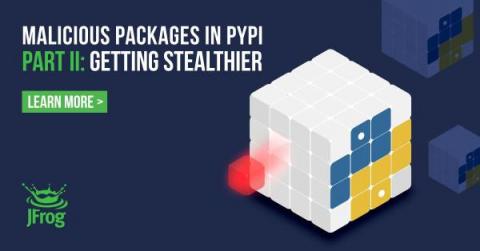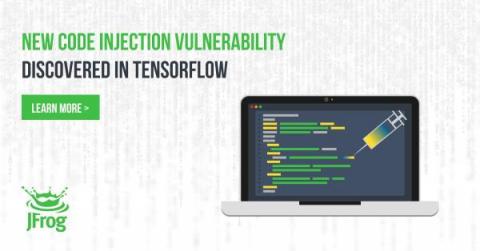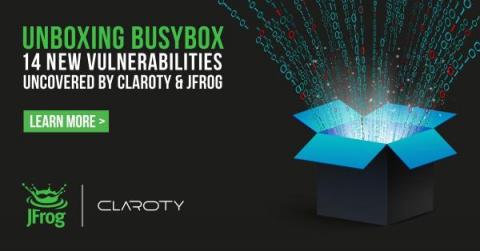Managing code signing on CircleCI using the runner
Code signing is an important part of testing and distributing your desktop and mobile applications. It ensures that the end user’s system can verify the legitimacy of your application. Because of the need for security around signed certificates, they are stored locally and not uploaded to the cloud. This constraint could prevent your team from fully automating your CI/CD pipeline.









